GUEST BLOGGER JANET LAWLER
Animals make sounds for many reasons, usually to communicate. The walrus is one of the loudest and most interesting noisemaking animals. But can they help you teach phonics? The many and varied calls of walruses sparked the idea for WALRUS SONG, a narrative nonfiction book about this fascinating arctic mammal. Walruses make sounds to warn of danger, locate a calf, keep order in a herd, protect territory, attract mates, and claim resting spots. Walruses may chatter, cry, snort, screech, growl, burp, bellow, whistle, clack, and more.
Read the book
Read WALRUS SONG to students, including the sound/noise back matter facts.
Point out how some of the walrus sound words in the text are words that have been “made up” by the author to represent different walrus calls and noises.
Ask students what they think the author was trying to do with extra letters, or a letter repeated in a word (for example, 4 O’s in HOOOOT!)
Have students look at walrus sound words again. Ask them to identify any examples of phonics rules they have learned (Glub has the gl consonant blend; Swee has the ee vowel team, etc.)
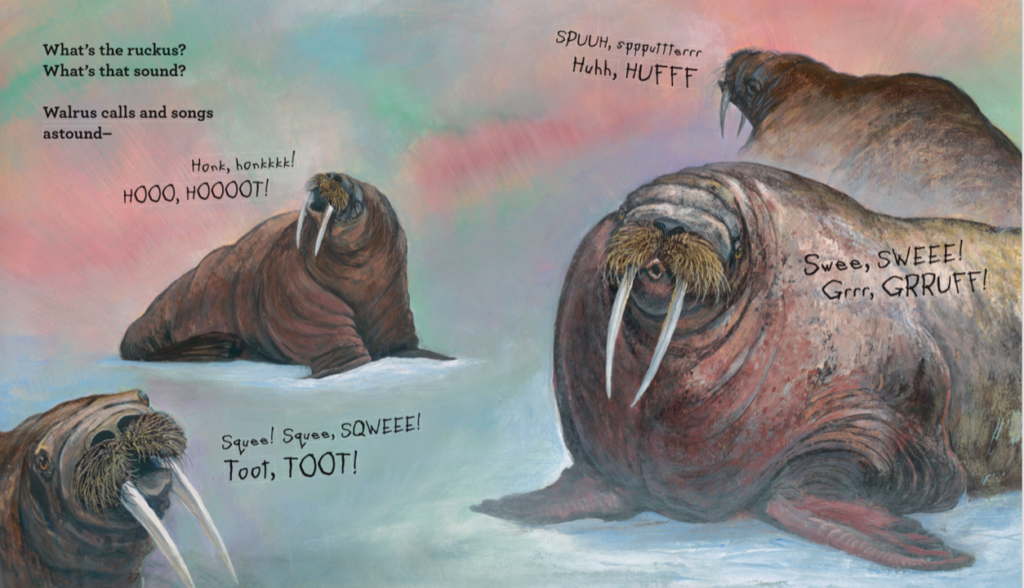
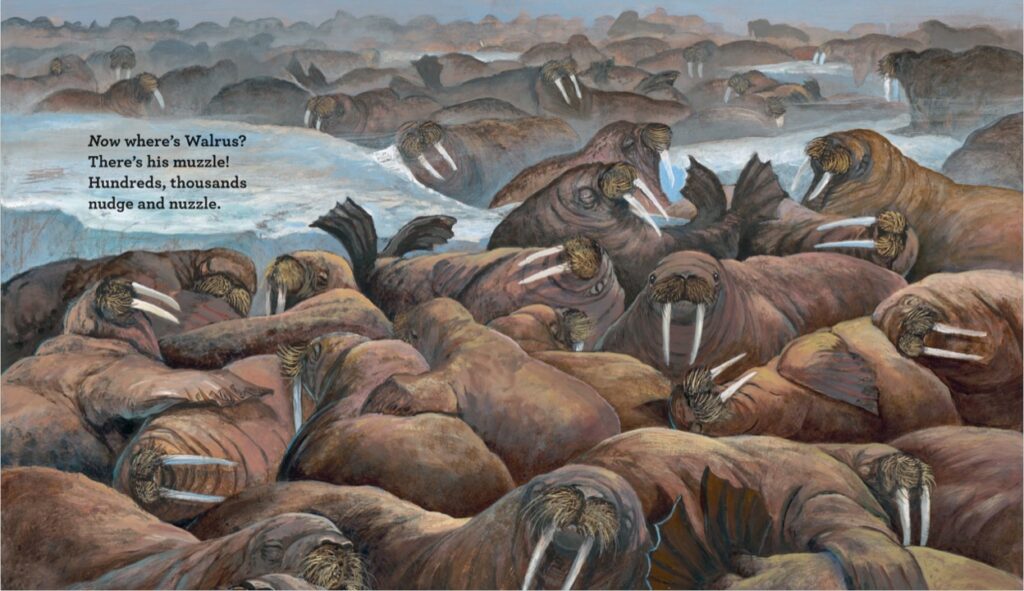
WALRUS SONG. Text copyright © 2021 by Janet Lawler. Illustrations copyright © 2021 by Timothy Basil Ering. Reproduced by permission of the publisher, Candlewick Press, Somerville, MA.
Readers theater
Before class, write each sound/noise from WALRUS SONG noise pages (see below) on a numbered card (1-14).
Give one card to each student (pair students as necessary to include all). For younger students, model reading the sound and ask student to repeat it. Then do a class “reader theater” of the noise pages, having each student (or pair) read their sound out loud, starting with #1. (Intro and closing lines to be read by you or added as additional cards for students to read).
After, ask students to shout out their sounds, at the same time and multiple times, to imitate a noisy herd of walruses.
Walrus noise pages from WALRUS SONG:
What’s the ruckus?
What’s that sound?
Walrus calls and songs
astound—
Honk, honkkkk! (1)
HOOO, HOOOOT! (2)
Squee! Squee, SQWEEE! (3)
Toot, TOOT! (4)
SPUUH, Sppputtterrr (5)
Huhh, HUFFF (6)
Swee, SWEEE! (7)
Grrr, GRRUFF! (8)
Auugh! AUUGGHH! (9)
Glub, GULUB (10)
Eeeya, EEYAAA (11)
Snuff, SUNNUFF! (12)
Ding, DONG, DONG (13)
Roar! Rrrroar, RROOAARRRR! (14)
Walrus noises
never bore!
Writing walrus sounds
Play short YouTube segment(s) of walrus noises. Choose from the many on YouTube or play the audio provided above. Ask students to close their eyes and listen again. Ask them to sound out and write down as a word a noise they hear. (There are no right or wrong spellings!)
Other animal sounds
Ask students to think of other animals and the sounds those animals make. Have students share. Discuss how there are words to identify/name a sound, such as bark (the noise a dog makes), and then there are words that are the actual sound, such as Woof! or Yip!
Older students may research an animal (such as an elephant or monkey), listen to noise recordings, and write a sentence that includes phonetic spelling of the animal’s sound(s).
Animal language art
Have students draw a picture of an animal. In dialogue bubble, or somewhere on page, have them phonetically write a word for the sound that this animal makes.
(Alternative: Have all students draw a walrus, after reading WALRUS SONG and back matter regarding shape, whiskers, flippers, and tusks. Have students listen again to a walrus noise recording. Ask students to write what they hear as a sound word in a dialogue bubble on their drawing.)
Extension activity
Sounds are all around us! Students can draw a picture and/or write sound words for any noise they hear, whether created by an animal, and insect, or a machine.
Featured image credit: “Walrus Cows and Yearlings on Ice” by USFWSAlaska is licensed under CC BY-NC-ND 2.0.
Janet Lawler is an award-winning author of more than 30 fiction and nonfiction picture books and early readers. Her titles have appeared in Scholastic Book Clubs and the Children’s Book of the Month Club, and in translation editions in several languages, including Spanish, Japanese, and Hebrew. Her work has received starred reviews. WALRUS SONG is a 2022 CT Book Award winner (nonfiction picture books) and a Junior Library Guild Gold Standard Selection. OCEAN COUNTING is a NSTA Outstanding Science Trade Book.
Her recent titles include OCEANS OF LOVE (Viking), Celebrate! A Happy Book of Firsts (Feiwel & Friends), and upcoming THERE’S NO PLACE LIKE HOPE (Farrar Straus and Giroux).
Janet is fascinated by the natural world and enjoys finding humor and hope in everyday life. She loves how words make music, and she marvels at the way illustrators add depth and detail to her stories. Learn more and sign up for her blog, Janet’s Jottings, at Home – Janet Lawler
Follow her on Instagram: janetlawlerkidsauthor


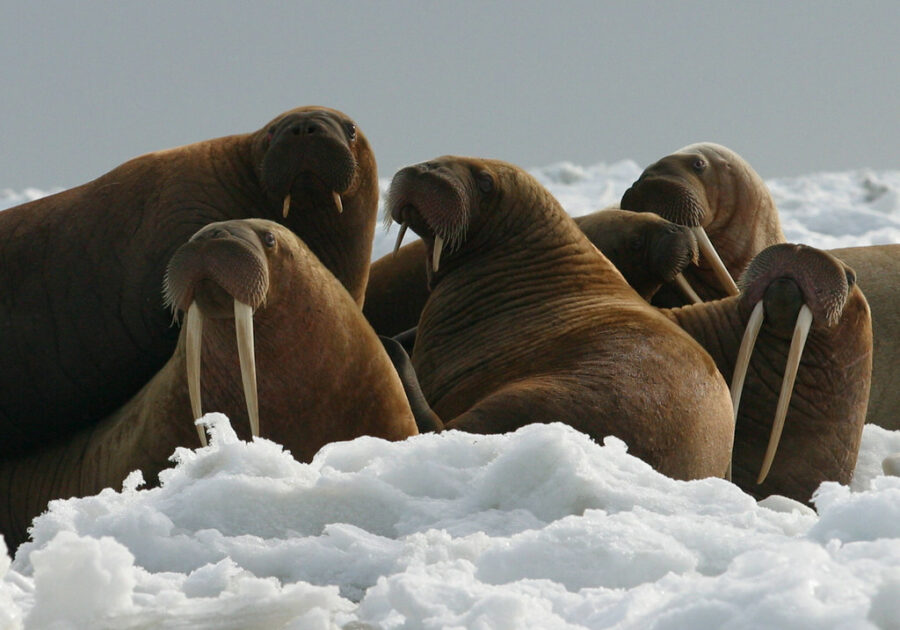

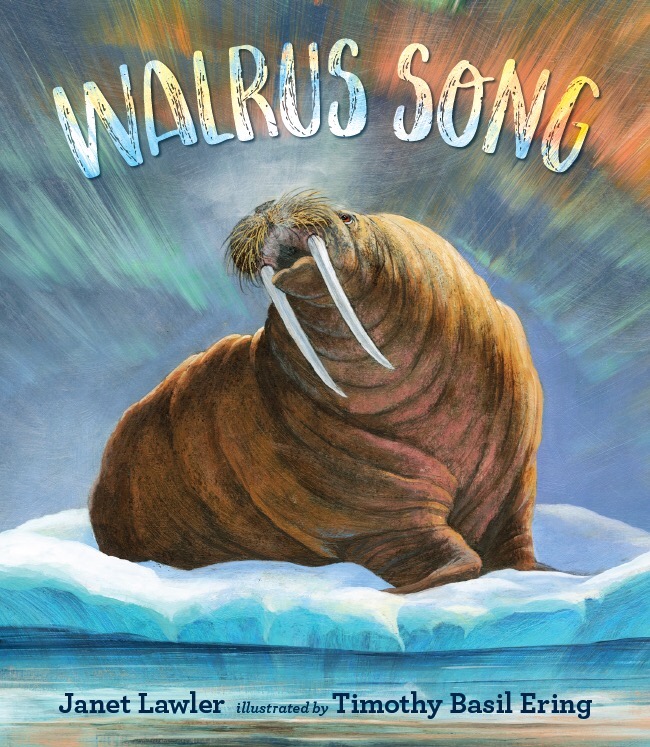



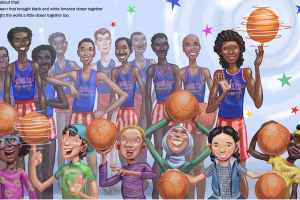


Leave a Reply
Your email is safe with me.